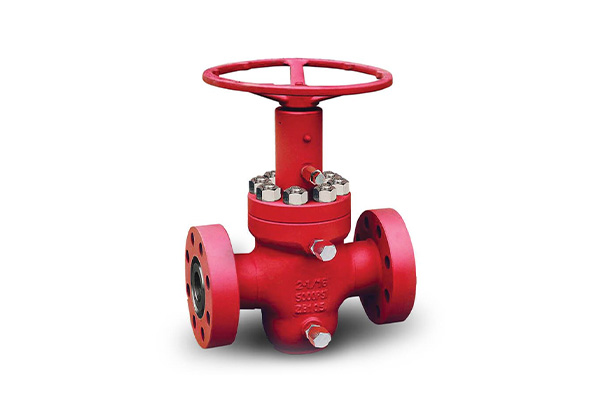When people think of industrial marvels, they picture roaring engines, towering refineries, or endless conveyor belts. But behind the scenes, something smaller — yet no less vital — keeps everything running smoothly: industrial valves.
These silent sentinels control the very lifeblood of industry — fluids, gases, slurries, and steam. Without them, factories would flood, reactors would fail, and pipelines would be chaos. It’s time to pull back the curtain on these overlooked champions.
What Are Industrial Valves, Really?
At their core, industrial valves are mechanical devices that regulate, direct, or shut off the flow of substances. Think of them as traffic lights for fluids. Whether it’s oil flowing through a refinery or steam powering a turbine, valves decide who goes where — and when.
But they aren’t one-size-fits-all. They’re engineered to thrive in extremes: corrosive acids, crushing pressures, cryogenic cold, or blazing heat. A valve in a chocolate factory might be stainless and sanitary. A valve in a nuclear plant? Shielded and nearly indestructible.
The Valve Family Tree: Not Just Open and Shut
Here’s where it gets fascinating — and a little quirky. Industrial valves come in a variety of types, each with a unique personality:
- Gate Valves – The stoic guards. Great for full open or close but don’t like to be messed with mid-flow.
- Ball Valves – The swift responders. A quarter-turn and they’re done — fast, reliable, and drama-free.
- Globe Valves – The fine-tuners. Precise control, perfect for throttling flow like an audio engineer adjusts volume.
- Butterfly Valves – The space-savers. Light, agile, and ideal when installation room is tight.
- Check Valves – The one-way enforcers. They stop backflow like a strict nightclub bouncer.
- Pressure Relief Valves – The silent protectors. Ready to spring into action when things get too intense.
Each type plays a role in a wider industrial symphony, contributing to everything from clean water to pharmaceutical production.
Innovation Beneath the Surface
You might think valves are old tech. After all, didn’t the Romans use them in aqueducts?
Yes — but modern industrial valves have entered the age of intelligence. Today’s valves can be:
- Smart & Automated: Sensors and actuators now allow remote operation, predictive maintenance, and real-time feedback.
- Materials Marvels: Exotic alloys, ceramics, and even polymer coatings resist wear in the harshest conditions.
- Energy Efficient: New designs minimize turbulence and pressure loss, saving energy across systems.
They’re not just mechanical — they’re mechatronic.
Why Should Anyone Care?
Because every time you flick a light switch, take a shower, ride an elevator, or enjoy a cup of coffee, an industrial valve helped make it happen.
Valves are critical to:
- Power plants
- Chemical processing
- Food & beverage manufacturing
- Oil & gas pipelines
- Pharmaceutical clean rooms
- Water treatment facilities
The global economy flows — quite literally — through valves.
Final Thoughts: The Small Parts That Make Big Things Work
Industrial valves may not shine in glossy brochures or front-page tech news, but their role is indispensable. They are the beating hearts and neural gates of industrial systems, quietly ensuring that the world spins without a hitch.
Next time you marvel at a skyscraper, a satellite launch, or a clean glass of tap water — remember the valve. It’s small. It’s unsung. But it’s everything.
